Nationalpark Coto de Doñana (Parque nacional y natural de Doñana)
Der Nationalpark Coto de Doñana (auch Parque Nacional de Doñana) an der Costa de la Luz in Andalusien ist heute, nach der Erweiterung 2004, 54.252 Hektar groß, dazu kommen noch einmal 26.540 Hektar als Pufferzone (preparque). Er ist Spaniens wichtigstes Feuchtgebiet. Dies liegt vor allem an den marismas; einem flachen, periodisch überschwemmten Feuchtgebiet. Die Coto de Doñana ist nicht nur eine einzigartige Landschaft, die Fauna ist ebenso vielfältig. Neben der Überwinterung tausender Zugvögel leben seltene Vogelarten in den Feuchtgebieten. Das Gebiet ist bekannt für die zweitgrößte Population des stark bedrohten Pardelluchses. Der Nationalpark ist Teil des Natura 2000-Gebiets „Doñana“.
Links
Images Gallery
-
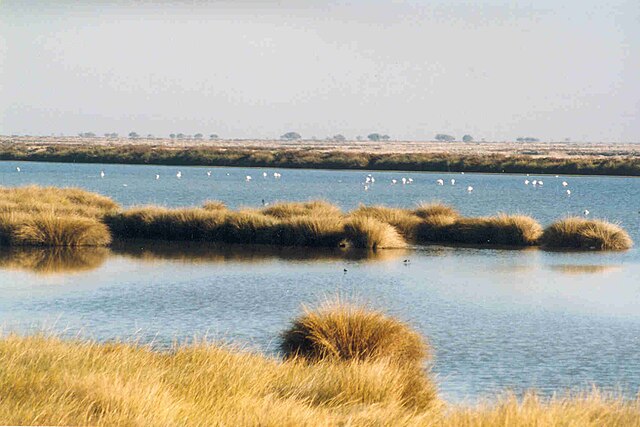 Feuchtgebiet
Feuchtgebiet
-
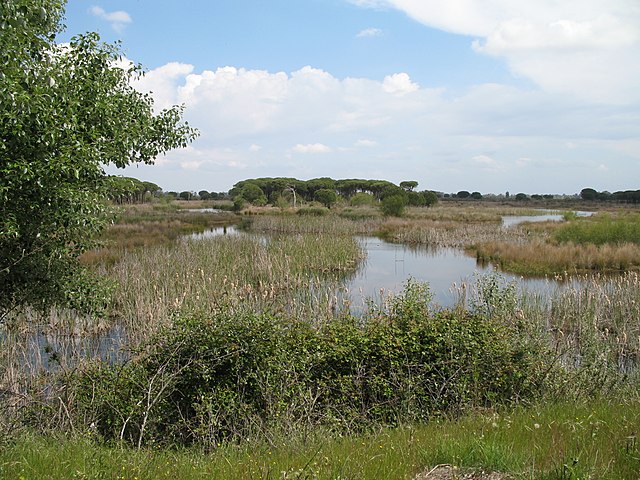 Doñana-Nationalpark
Doñana-Nationalpark
-
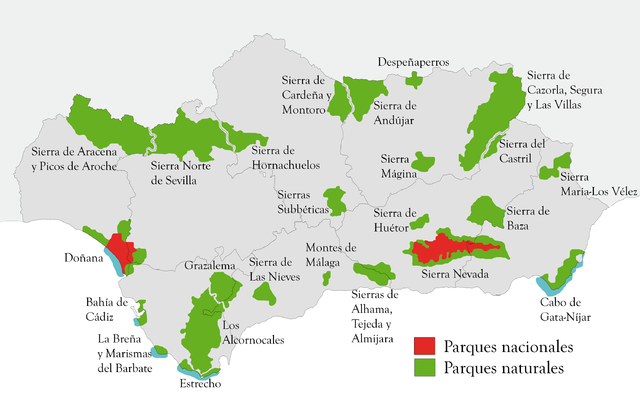
-
-
 Kormorane im Park
Kormorane im Park
-
 Pardelluchs
Pardelluchs
-
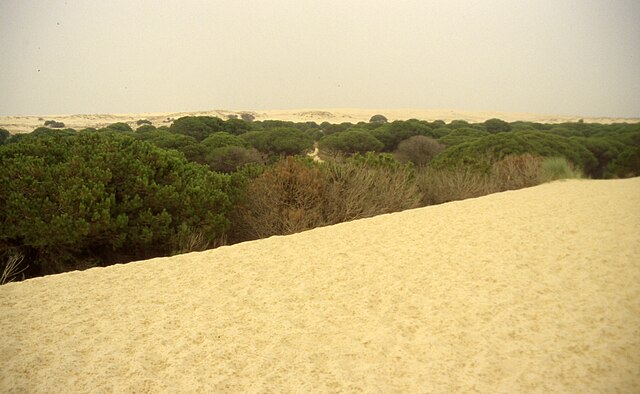 Dünen im Nationalpark
Dünen im Nationalpark
-

-

-

-
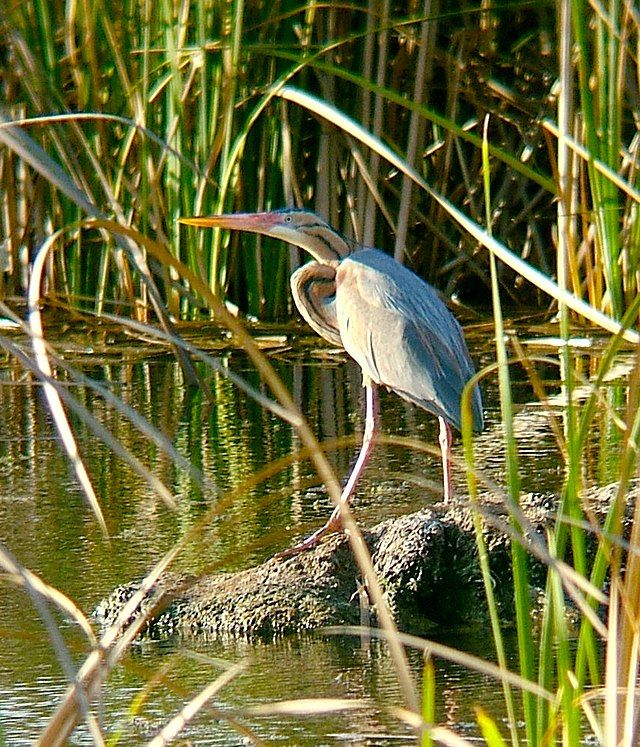
-

-

-

-

-
-

-

-

-

-

-

-
-

-
-

-

-
-
-
-

-
-
-
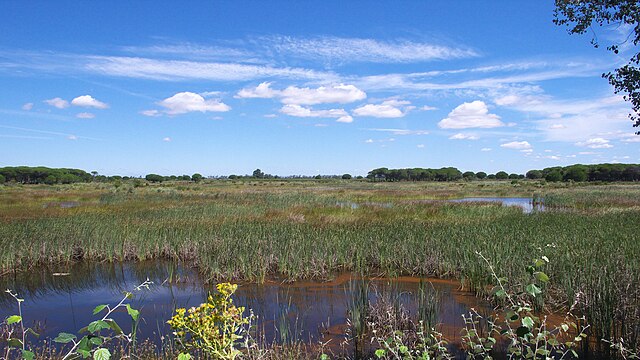
-

-

-

-
-

-

-

-
-
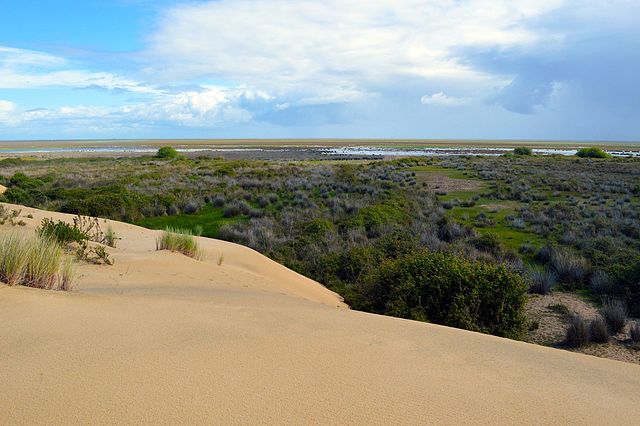
-

-
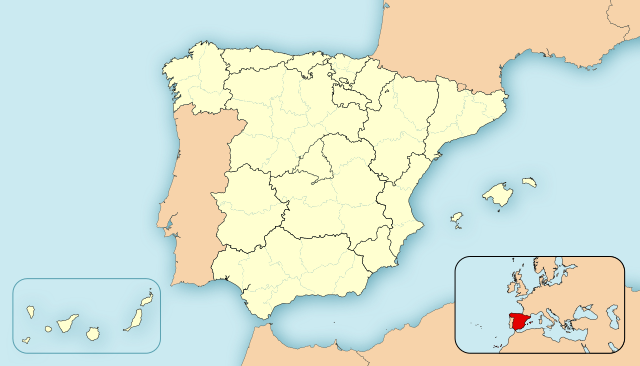
-
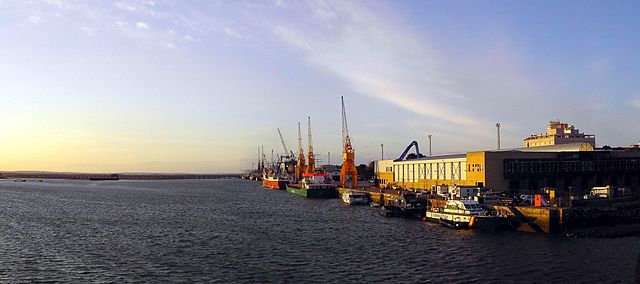
-

-

-
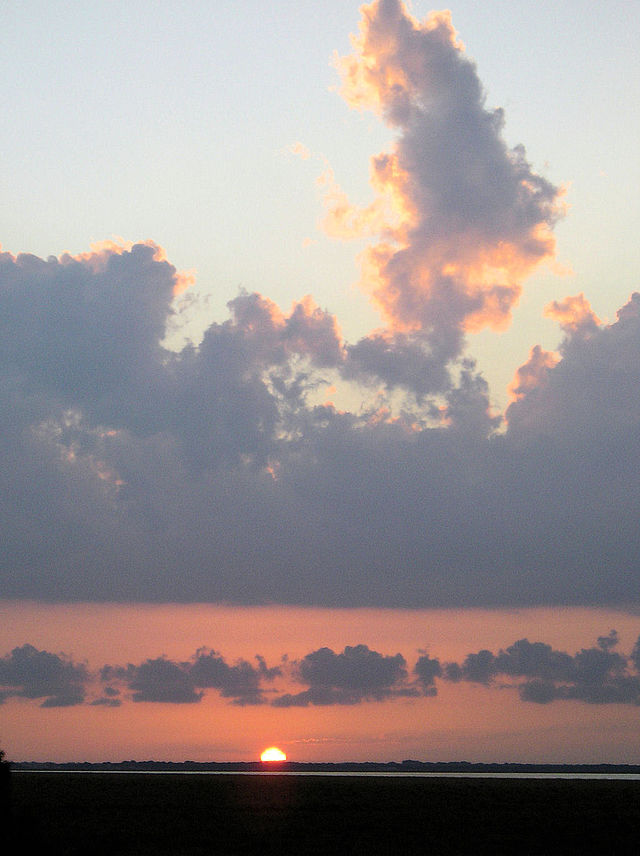
-

-

-

-

-
-

-

-
-
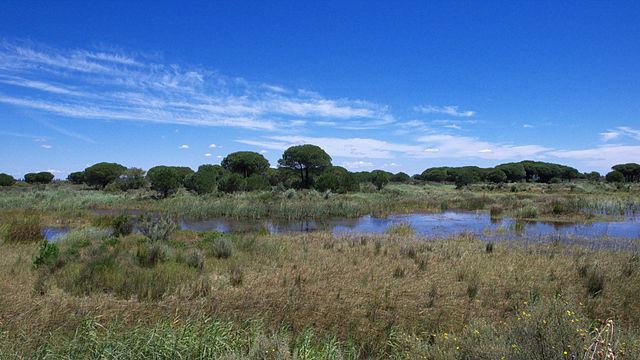
-

-
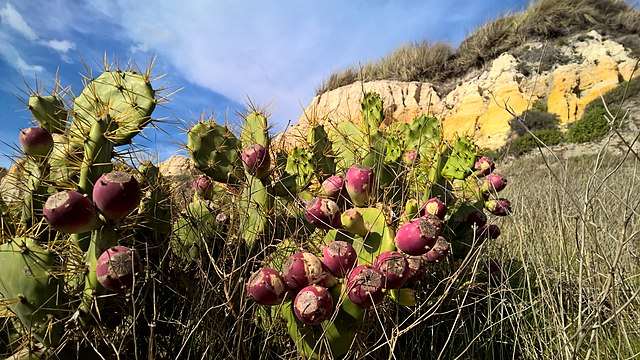
-

-

Comments
-
Doñana National Park in Andalusia occupies the right bank of the Guadalquivir river at its estuary on the Atlantic Ocean. It is notable for the great diversity of its biotopes, especially lagoons, marshlands, fixed and mobile dunes, scrub woodland and maquis. It is home to five threatened bird species. It is one of the largest heronries in the Mediterranean region and is the wintering site for more than 500,000 water fowl each year.
2 months ago -
Marvelous area, paradise for bird watcher and not only! Many type of landscape as sand dune, marshes, woods and little villages. A splendid occasion to live in perfect harmony with Nature.
3 years ago -
Fantastic place to visit. You need to get an official tour with the guide, but it is worth it. You can see a lot of different animals in a wildlife. We saw a lot of deers, wild boar, wild horses, many different kind of birds. Unfortunately we didn't see the lynx.
2 years ago -
Lovely sands that stretch for miles. Peaceful unspoilt area. Crossed by ferry from Sanlucar €8 return
2 years ago -
We visited for 2 nights 3 days staying at the Parador at Mazagon. We love nature so this was an ideal location for us. We spent most of our free time visiting the various information centres in the area and enjoying the walks that we could do and the numerous visual displays set up in these centres. For obvious reasons, in order to visit the inner parkland area it is necessary to book ahead and go on an escorted keep ride which lasted 4 hrs. They do it twice daily early morning and late evening avoiding the heat of mid-day.
3 years ago -
Probably the best time to visit is in April May especially if green is your favourite colours as it is mine. The nature, pine trees forests, mixed with eucalyptus and all sort of bushes looks heavenly and the variety of birds and tones on chirps just adds up to this feeric scenary. If you like nature and tracking, here are quite a few extraordinary routes starting with Rociana and El Albaron as well as strolling around the marsh edging El Rocio village, very authentic, pretty eqvestric sceneary, no pavements at all, but definitely fascinating. My son had a ride on a poney, we've been able to watch the flamingos, what more can you wish for ?
2 years ago -
I went on the morning tour to avoid the afternoon heat. The tour guide, Pili, was great explaining interesting things about the park and its flora and fauna. There was a small cold water for each one of us on the bus.
4 years ago -





























































